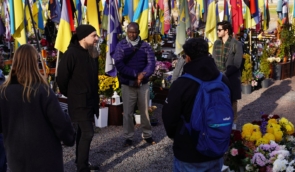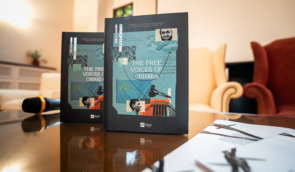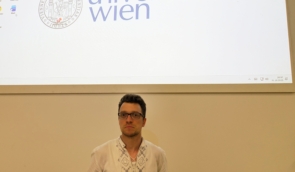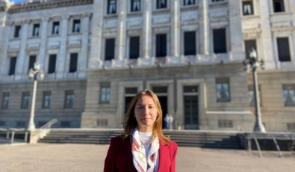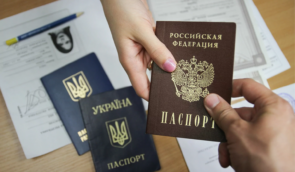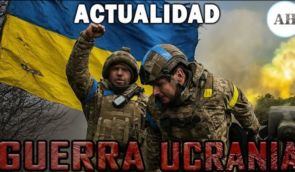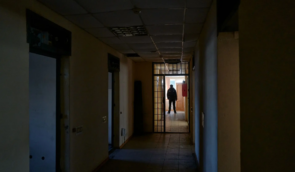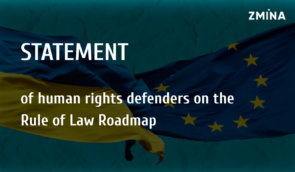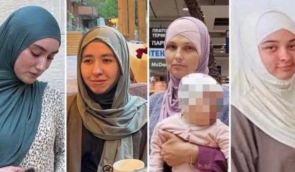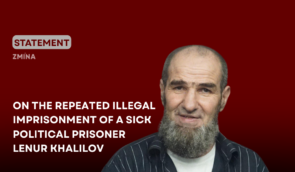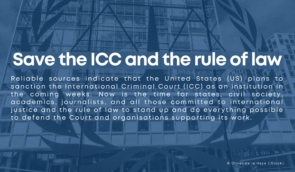How deported Ukrainians and citizens under occupation can return home – opinions by human rights defenders
Currently, neither the state nor human rights defenders know the exact number of Ukrainians deported by Russia because the Russian Federation keeps this information secret. According to the Children of War portal, more than 19,000 children alone have been deported by the Russian Federation but these are only public cases. Some of the deportees managed to return to Ukraine, but many of them need state support.
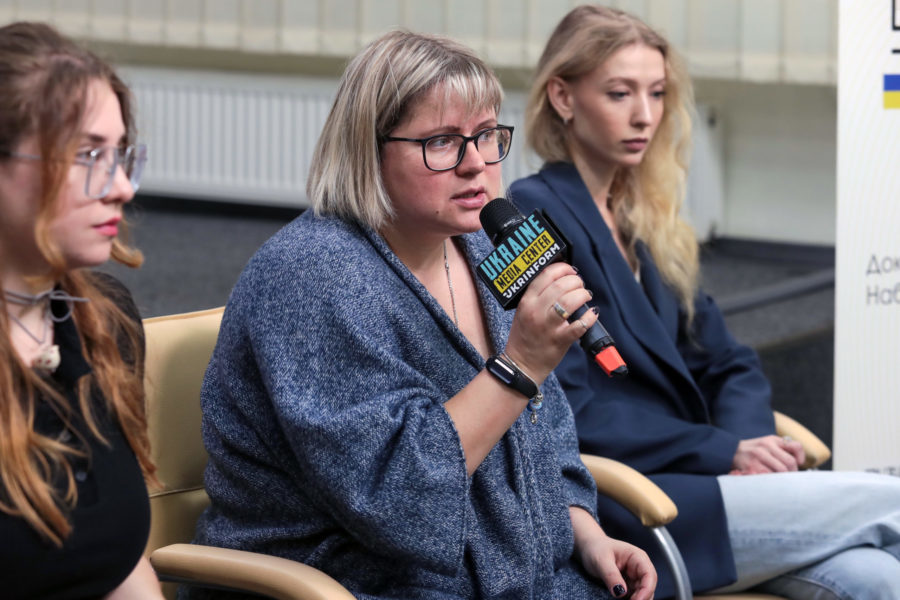
As Human Rights Centre ZMINA analyst Onysiia Syniuk reported during a press conference on October 4, there are currently 850 temporary accommodation centers (TACs) for Ukrainians in 59 regions of the Russian Federation. Russia itself speaks about these data. The Russians tried to transfer promptly Ukrainian citizens as far as possible from the border, often to remote regions of the Russian Federation.
Ukrainian children deported to Russia are also placed in TACs with subsequent accommodation in Russian institutions or families. Moreover, Russia does not even try to find the real families of deported children, it immediately seeks to place Ukrainian children in institutions or hand them over to Russian families as soon as possible. Citizenship amendments to the Russian legislation allow this to be done on the same grounds as for Russian children.
According to ZMINA advocacy director Alena Lunova, there is currently a problem with our citizens returning home through other countries:
“If earlier EU countries, through which deported Ukrainians tried to return home, let in people almost without documents, now the situation has changed. We increasingly often receive information that our citizens have not been allowed into Poland, Estonia, etc. It is very difficult for people, who suffered from the war or were even captured, especially men, to leave Russia’s territory for other countries.”
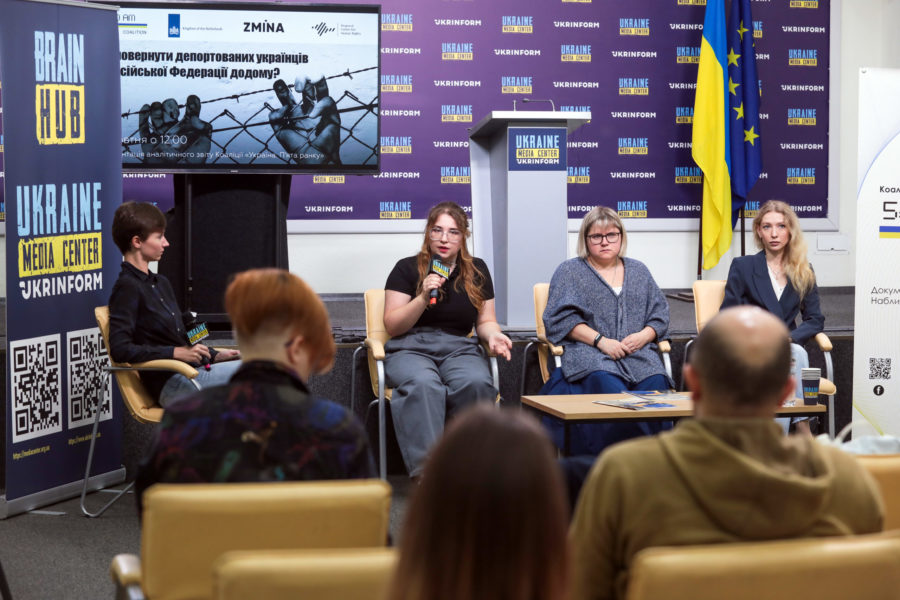
Lunova noted that when third countries do not let Ukrainians in, it has serious consequences for people – they continue to be tortured, they are also threatened with captivity.
Almost a year ago, the state launched a pilot procedure for returning Ukrainians who lost their documents. The State Migration Service can issue such people a certificate for return which is then sent to the Russian Federation by volunteers. As of September, Lunyova says, at least 70 such certificates were issued.
“People are really coming back, but the opportunity to get such a certificate is experimental, it will end this November. We don’t know if this experiment will continue, but this opportunity should persist. It is also worth making it possible for residents of the occupied territories to return to the government-controlled territory, because Russia blocks the exit of people from the occupation and often imposes a Russian passport on them,” the human rights activist believes.
Lunova also said that at present, about a hundred Ukrainians return to Ukraine from Russia every day: the Kolotilovka-Pokrovka border crossing point on the Ukraine–Russia border operates exclusively for entry into Ukraine and only for Ukrainians. But after returning, citizens often need support and state assistance – humanitarian, financial, as well as with the preparation of new documents.
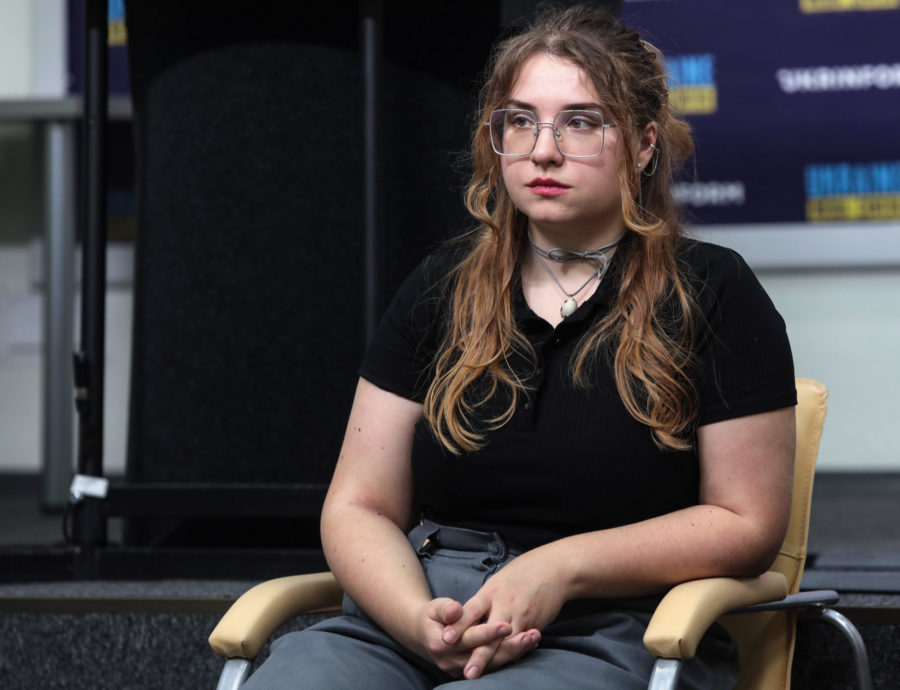
Read more about the mechanisms for returning Ukrainians in the analytical report in Ukrainian and English.
Photo credit: Media Center–Ukrinform
If you have found a spelling error, please, notify us by selecting that text and pressing Ctrl+Enter.

